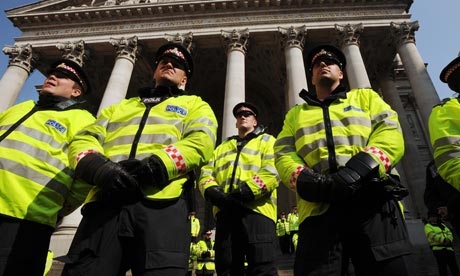 October 26, 2009
October 26, 2009Israel has been the best performing residential real estate property market in 2009. Exclusively Jewish developments have been fueled by Israeli government tax breaks and ultra-low interest rates set by the Bank of Israel.
The Jerusalem Post reports (emphasis mine):
Mortgage rates are about 2%, according to Mortgage Israel, the country's largest home-loan brokerage. The average rate for the past five years was about 5 percent. [...]New legislation passed by the Knesset may cause the pace of construction to accelerate, pushing down property prices, Construction and Housing Minister Ariel Attias said October 8. The Knesset on August 3 approved a law proposed by Prime Minister Binyamin Netanyahu to free up publicly owned land for private development and make it easier and cheaper to buy and build homes.
"A bubble began to emerge this year, fueled by the Bank of Israel," said Shlomo Maoz, chief economist at Excellence Investments. "The bank is now beginning to raise rates again to fight inflation."
Ayelet Nir, chief economist at IBI said "though mortgages became cheap, credit was never widely available in Israel." [...]Some neighborhoods in Jerusalem, Tel Aviv and Netanya are also shielded from a collapse by constant demand from Jews from the US, France and the UK, said Bernard Raskin, regional director of Re/Max Israel, the country's largest property broker.
Groups of private investors in Tel Aviv have replaced contractors and real-estate companies as the biggest purchasers of land in Israel this year, according to the Israel Lands Administration. The companies are given tax breaks by the government that allow them to pay more, inflating property prices, Maoz said.
A closer examination of the Israeli mortgage industry reveals Western financial industry connections. Shunpiking Magazine describes the process:
Political economy of recent Zionist colonisation and war
* The alternative compromise was to replace direct economic foreign aid with loan guarantees, enabling Israel to lower its borrowing costs by using the US guarantee to obtain a favourable rate of interest in the finance capital markets. For example, the Trans-Israel Highway [2] is a multinational consortium of consortia: in Canada - Derech Eretz Highways (1997) Ltd. comprises Canadian Highways International Corporation (CHIC), builder of the toll turnpikes in Ontario and Nova Scotia, control of which was acquired by the U.S. financial conglomerate CIT Group in 1999; in Israel - Africa Israel Investment Ltd. of Tel Aviv and 36 other firms; in France - Société Générale d'Entreprises of Paris; and in the United States - Hughes Transportation Management Systems and Raytheon Corp., the weapons manufacturer which supplied the billion-dollar, dysfunctional Patriot missile system to Israel. The para-military highway project itself was constructed from a US$3-billion contract, with 80 per cent of any potential losses guaranteed ...by the Israeli government. In a word: the mutual fleecing of each lesser predator by a bigger predator-partner goes 'round and around and it comes out here... in these long-term loan guarantees floated on international financial markets. For their part, business interests based in Israel acquire access to capital by means of free-trade agreements and most-favoured-nation status annexing their market to the financial houses of Wall Street [United States], London and Frankfurt [the European Union] and Bay Street [Canada].
* The first cries of pain in the business press of Israel after Hamas' election to office in the Palestine Legislative Council elections of 25 January 2006 were over the need to get the US to extend the loan guarantees ... even though only about half the facility had been used up [the data in the Ynet article below discloses that US$4.9 of US$9.0 billion has been used]. The electoral verdict created great anxiety in Tel Aviv among those sections of Israeli business and industry living off the avails of the loan guarantees. Hamas, the Islamic Resistance Movement, which won the majority and the democratic right to form the government, was not (and still is not) committed to recognising the Zionist colonies of the West Bank as Israeli territory. This non-recognition gravely jeopardises the entire house-of-cards just elaborated.
Summary:
a. Israel borrows in the money market at a highly preferred rate.
b. The Zionist magnates of the construction and real estate industry - a sector through which the Sharon family enriched itself, and intimately linked with the Jewish National Fund which holds virtually 100 per cent of the land "in trust" (and its parent, the World Zionist Council, composed of Anglo-American finance capitalists) - then borrow from the Israeli government at a slightly higher rate, but still below the mortgage market rate within Israel.
c. Finally, the numerous settlers borrow from the tiny handful of banks and-or fat-cat settlement developers at the prevailing mortgage market rate.











